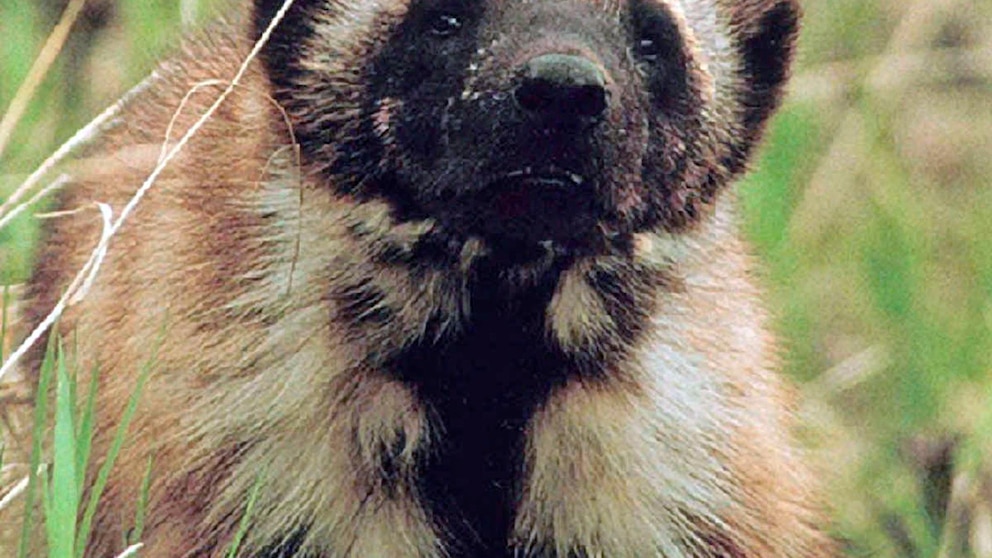Climate Change and the Endangered Wolverines: A Race Against Time
The wolverine, a fierce and elusive creature, is facing a new and formidable enemy: climate change. As temperatures rise and snow-covered habitats diminish, these remarkable animals are finding themselves in a precarious situation. The survival of wolverines in the United States is under threat, and urgent action is needed to protect these iconic creatures.
Wolverines are well-adapted to life in cold, snowy environments. With their thick fur, large paws, and powerful build, they are built for survival in harsh conditions. These solitary animals roam vast territories, often traversing hundreds of miles in search of food and suitable denning sites. However, as climate change alters their habitats, wolverines are losing the very conditions that allow them to thrive.
One of the most significant impacts of climate change on wolverines is the reduction in snow cover. Wolverines rely on deep snow for denning and raising their young. The snow provides insulation and protection from predators, as well as a reliable source of food. Wolverines are scavengers, often feasting on carcasses left behind by larger predators. These carcasses are typically hidden beneath the snow, allowing wolverines to access them throughout the winter months. However, as snowpacks decrease in size and duration, wolverines are finding it increasingly difficult to find food and suitable denning sites.
In addition to the loss of snow cover, rising temperatures also pose a threat to wolverines. Wolverines are adapted to cold climates and have a low tolerance for heat. As temperatures rise, wolverines may struggle to regulate their body temperature, leading to heat stress and potentially death. Moreover, the reduction in snow cover also affects the availability of water sources for wolverines, further exacerbating the challenges they face.
The impact of climate change on wolverines is not limited to their physical well-being. Wolverines are known for their elusive nature and vast territories, but as their habitats shrink, they may face increased competition for resources. Wolverines require large areas to roam and find food, but as suitable habitats diminish, they may be forced into closer proximity with other wolverines, leading to conflicts and reduced breeding opportunities.
Recognizing the urgency of the situation, conservation organizations and researchers are working tirelessly to protect wolverines and their habitats. Efforts include monitoring wolverine populations, studying their behavior and ecology, and advocating for policies that address climate change. Conservationists are also exploring the possibility of translocating wolverines to areas with more suitable habitats, ensuring their survival in the face of a changing climate.
However, individual efforts alone are not enough. Governments and policymakers must take swift action to mitigate climate change and reduce greenhouse gas emissions. This includes transitioning to renewable energy sources, implementing sustainable land-use practices, and protecting critical habitats. By addressing the root causes of climate change, we can give wolverines a fighting chance at survival.
The plight of wolverines serves as a stark reminder of the far-reaching consequences of climate change. As these magnificent creatures struggle to adapt to a rapidly changing world, we must act now to ensure their survival. By protecting their snowy habitats and addressing climate change head-on, we can secure a future where wolverines continue to roam the wild landscapes of the United States, reminding us of the resilience and beauty of our natural world.



